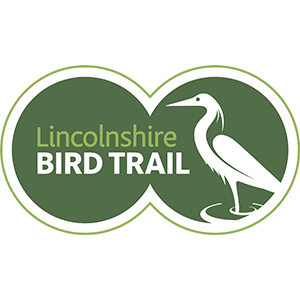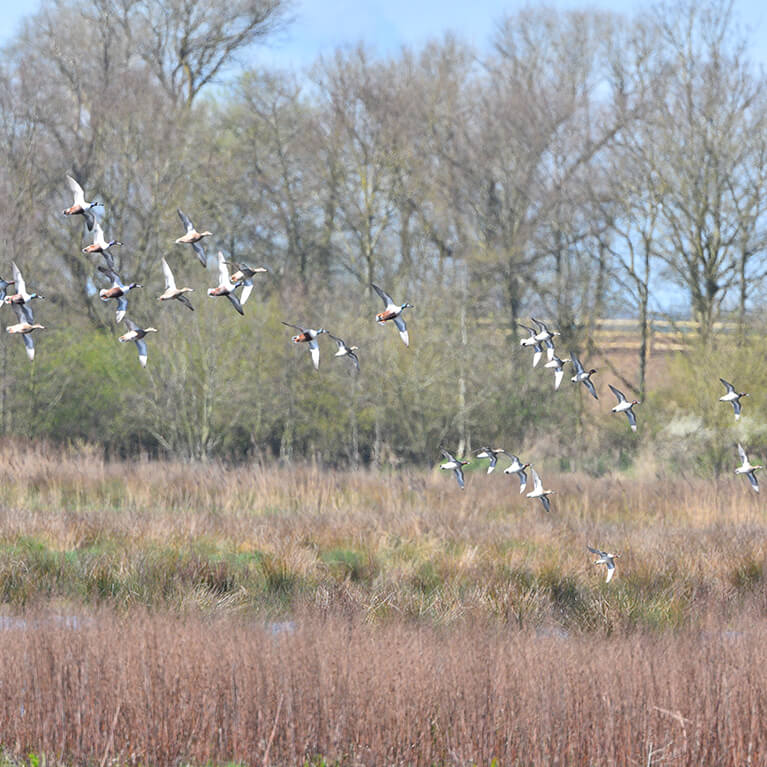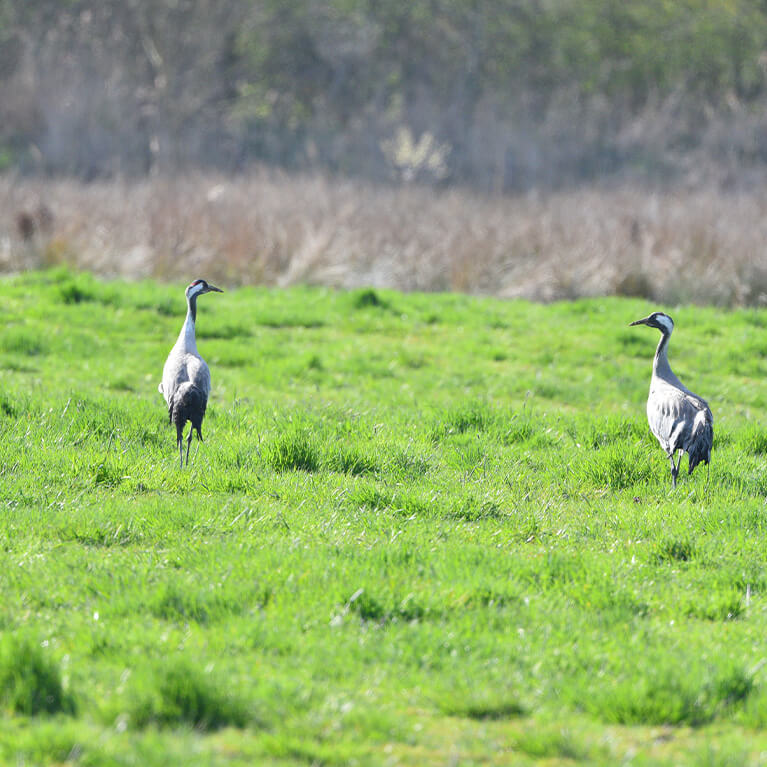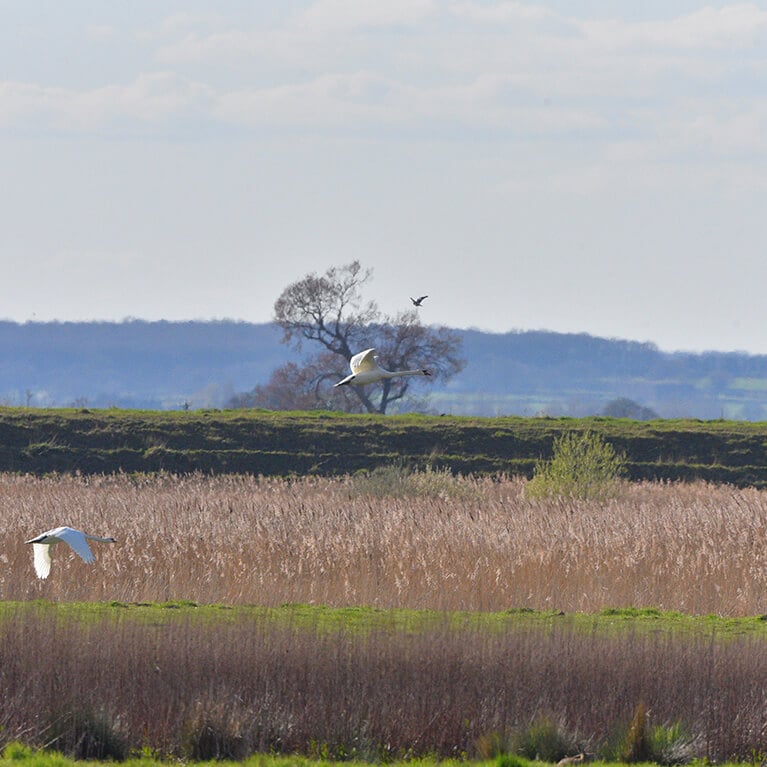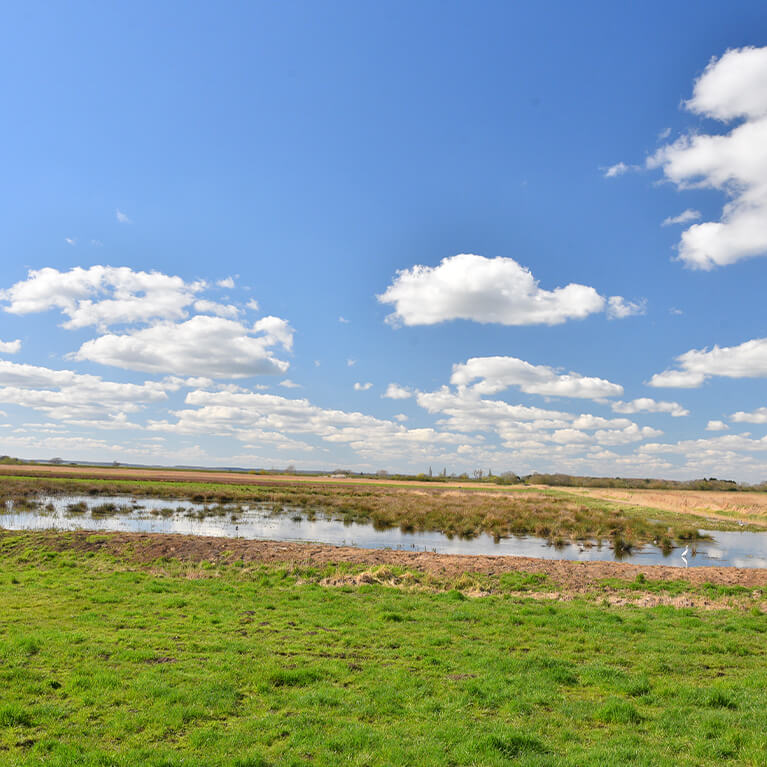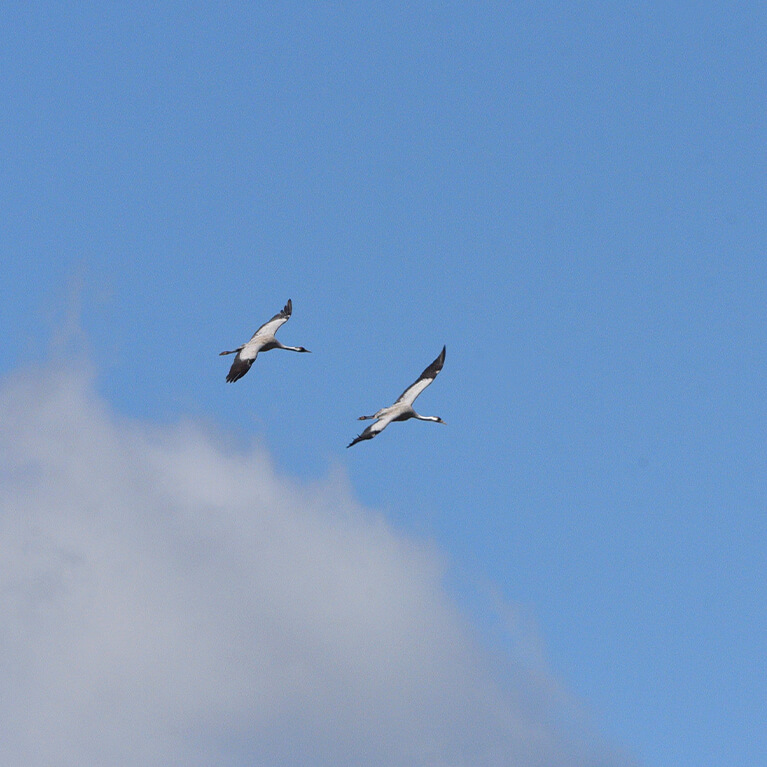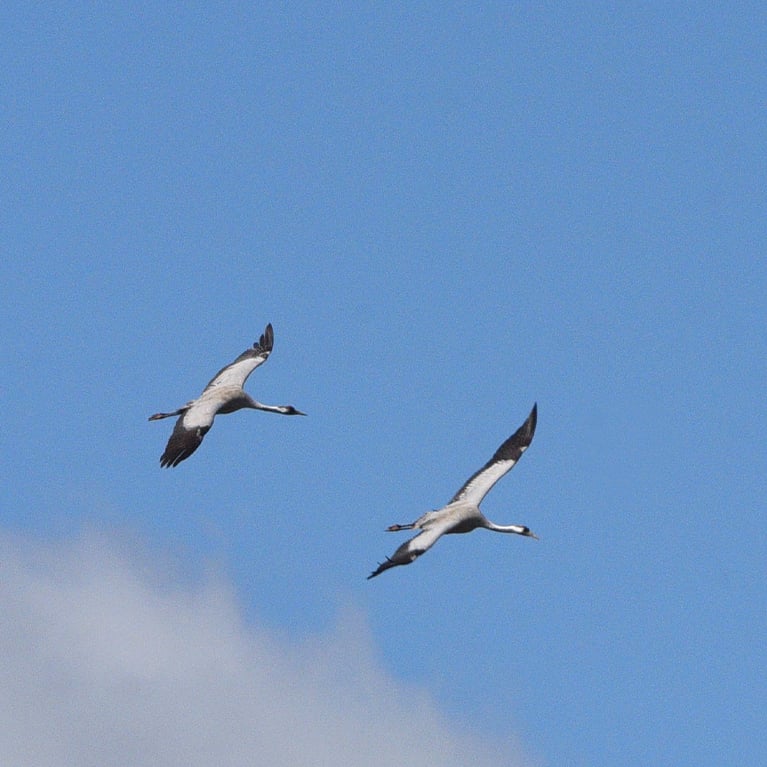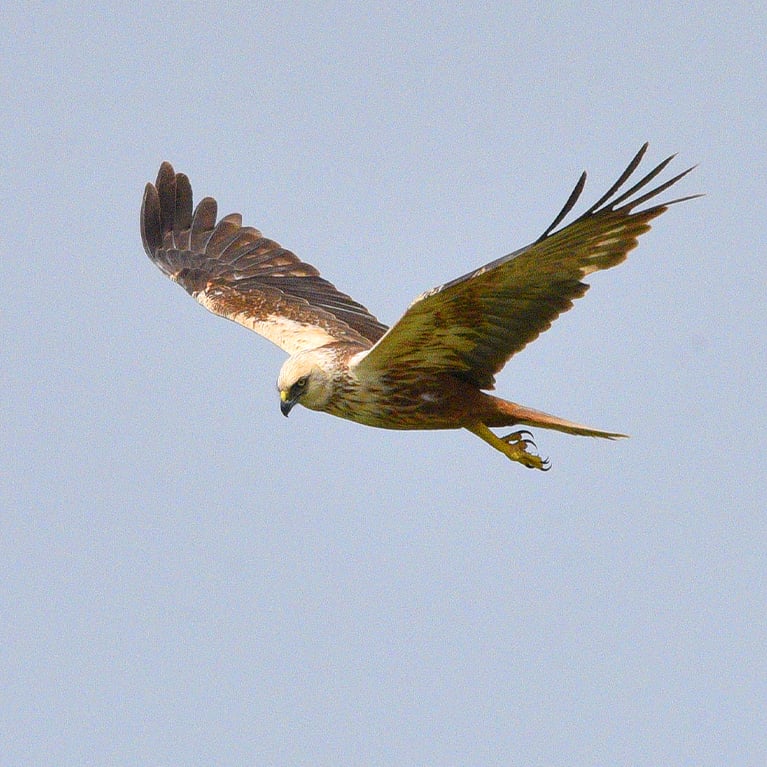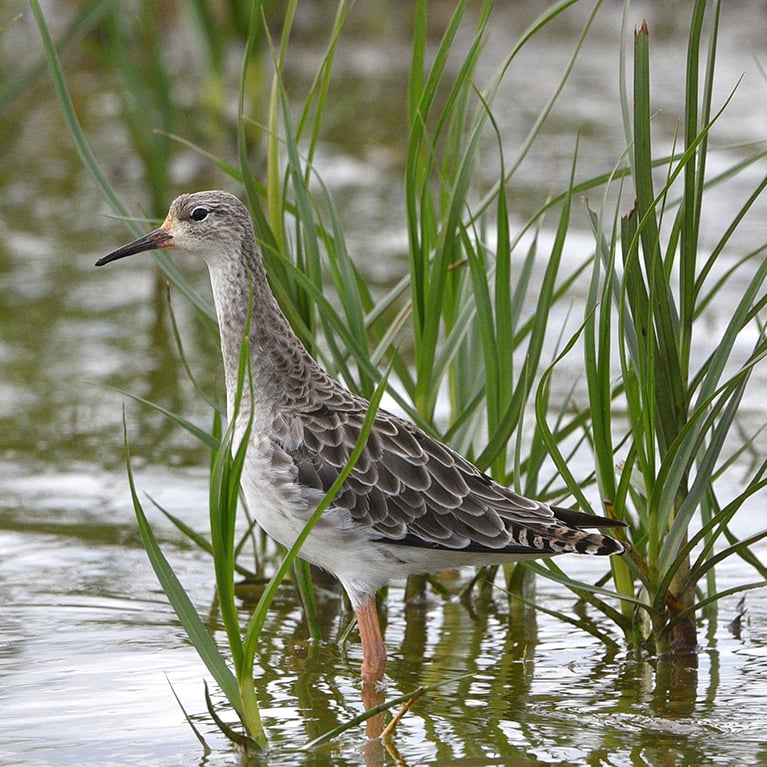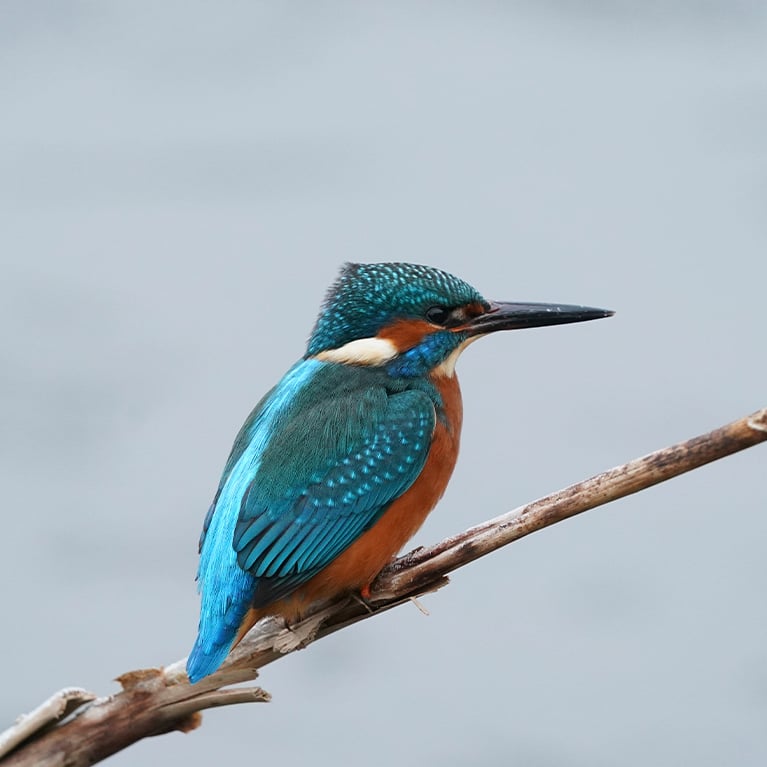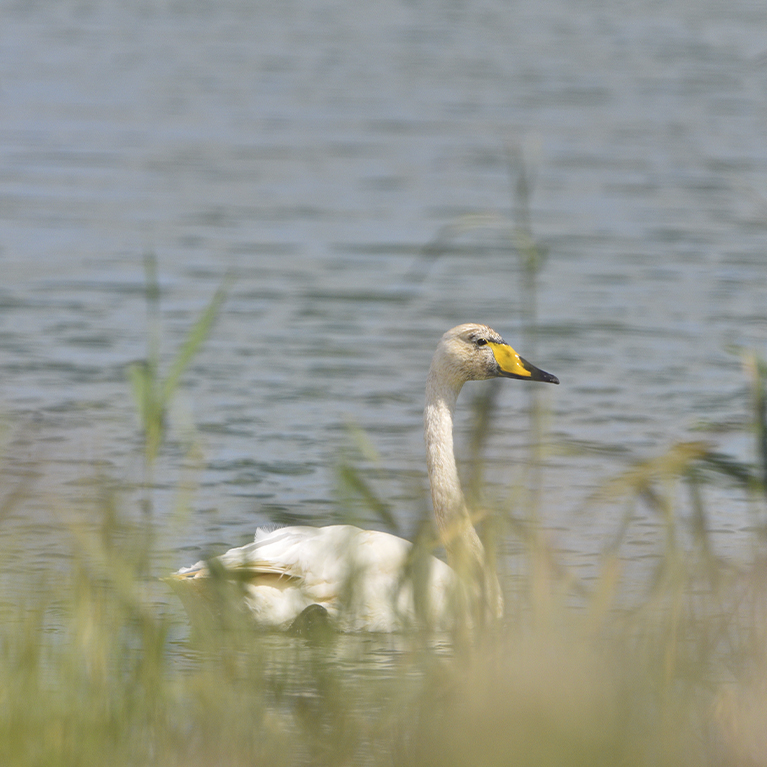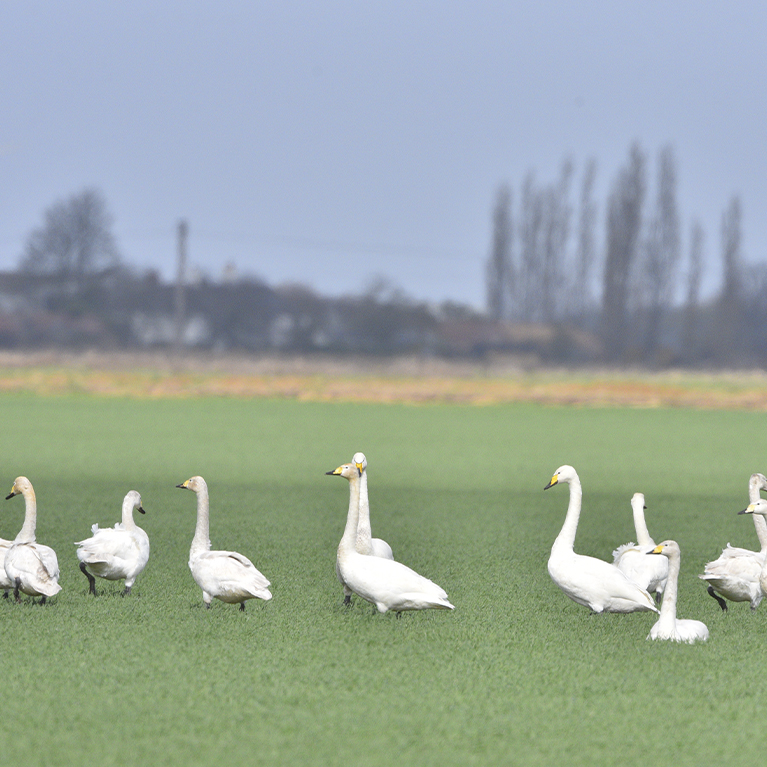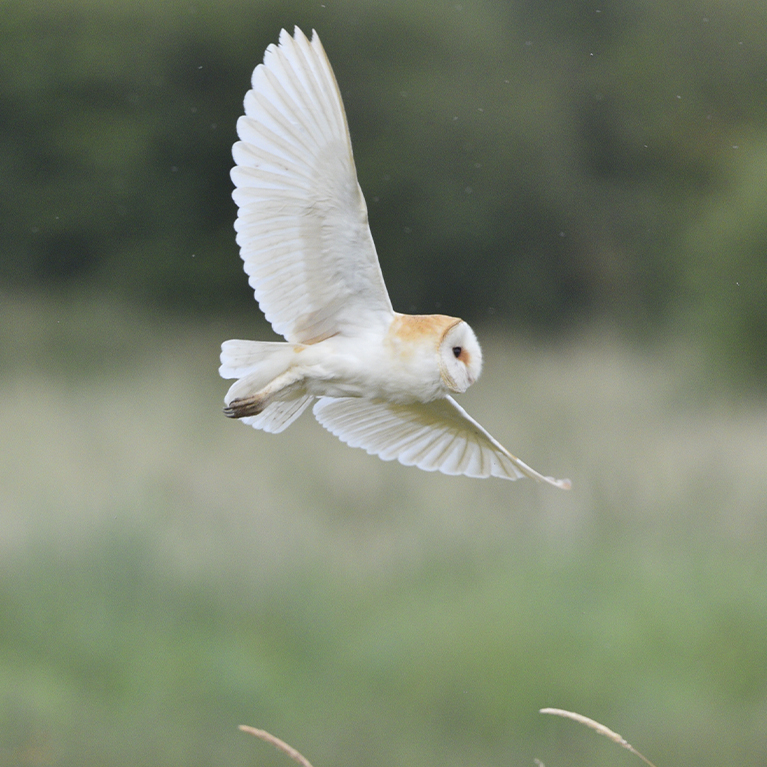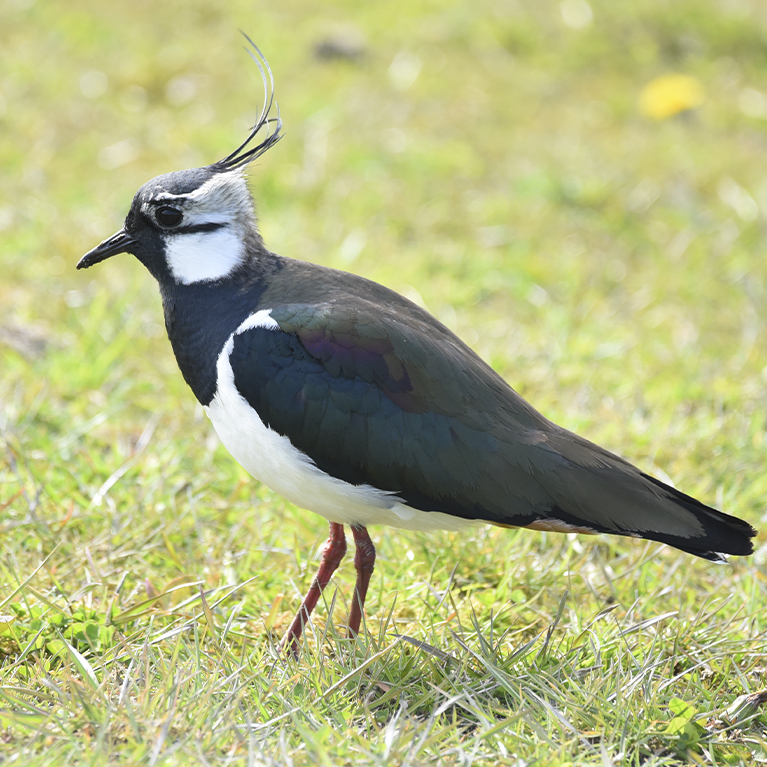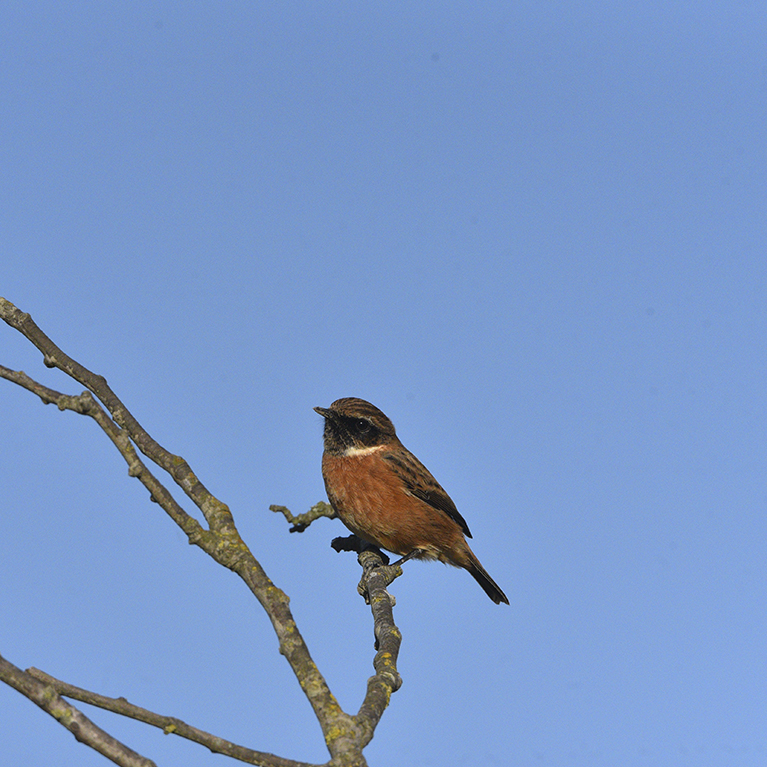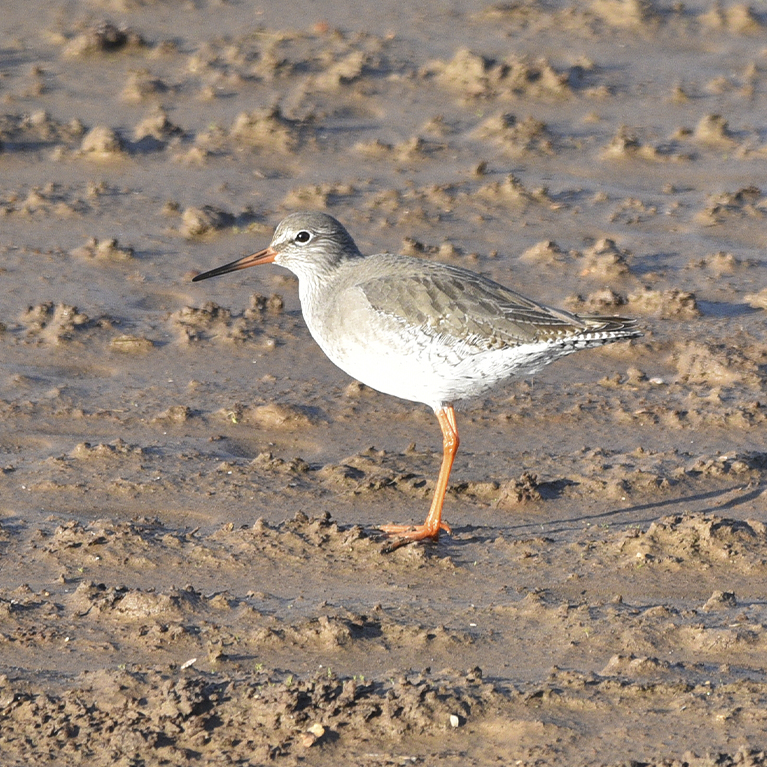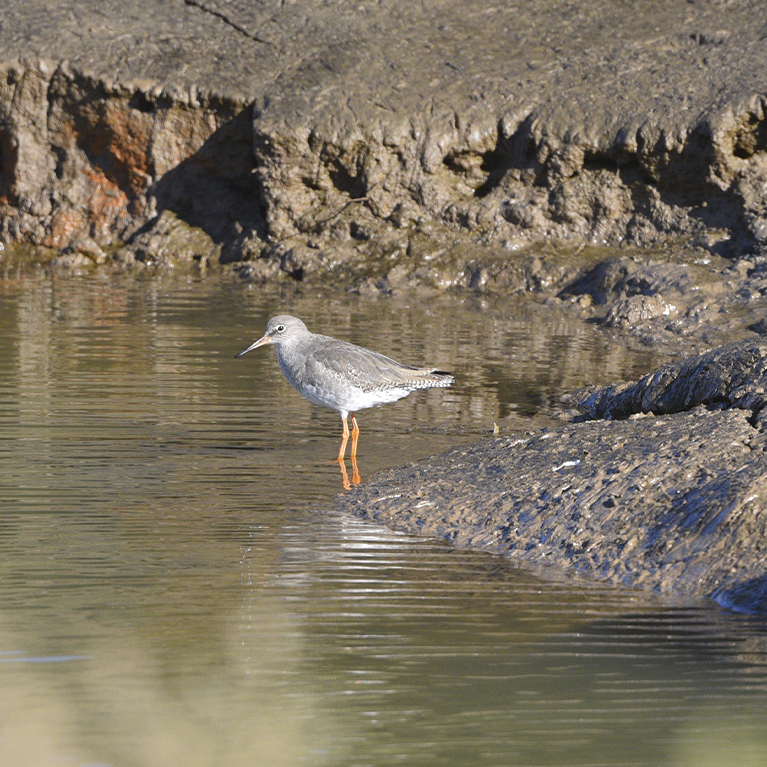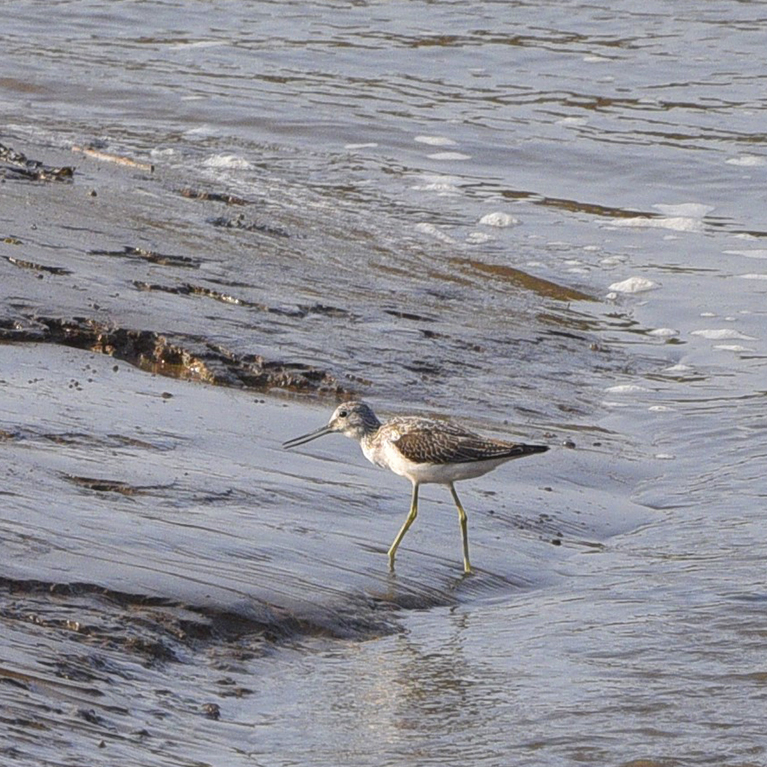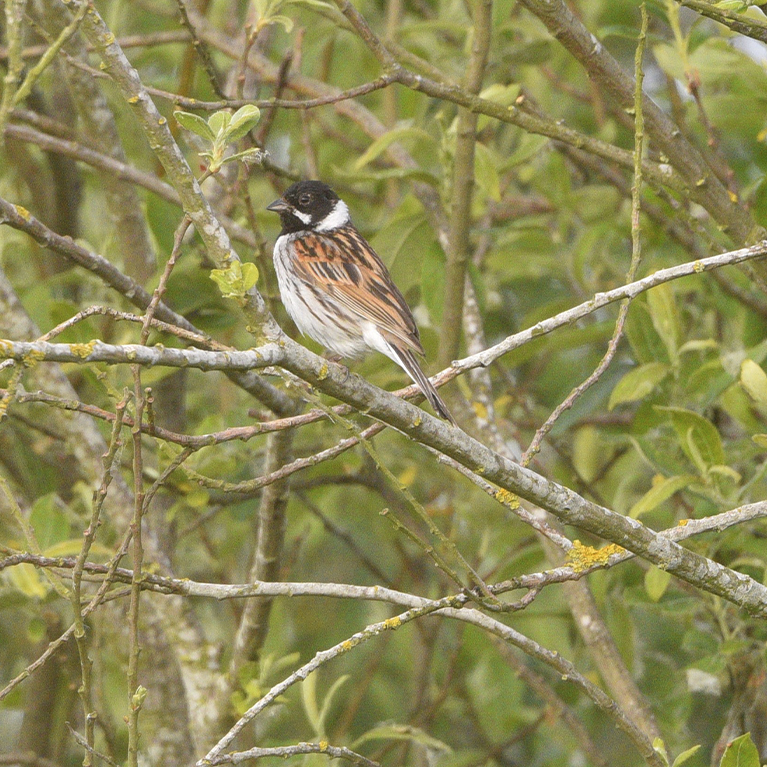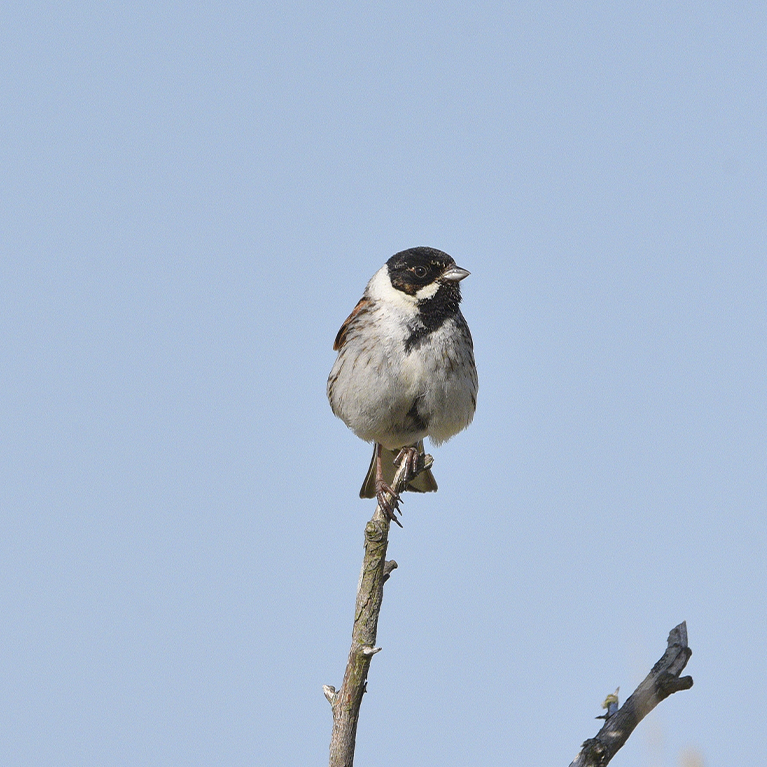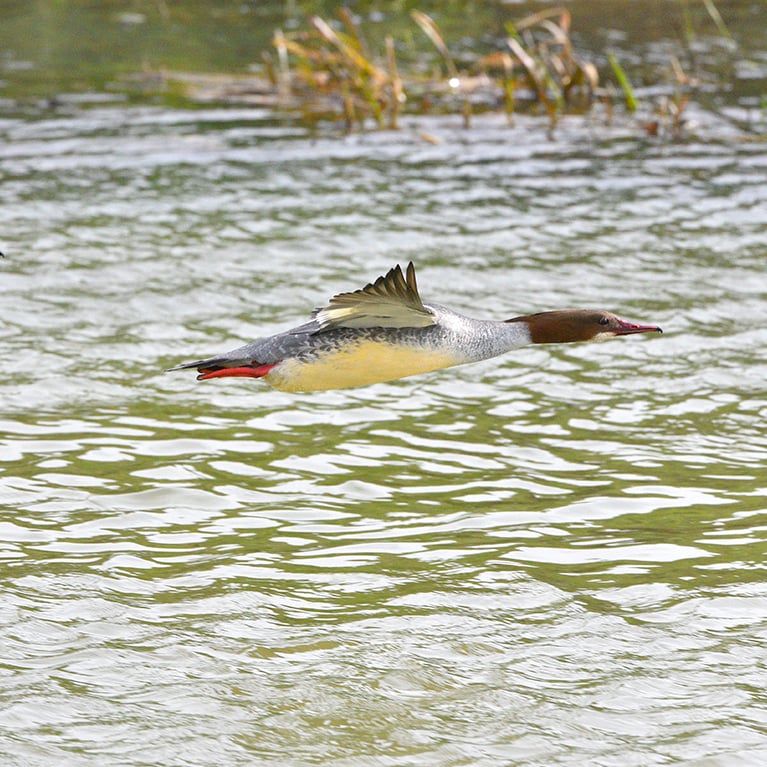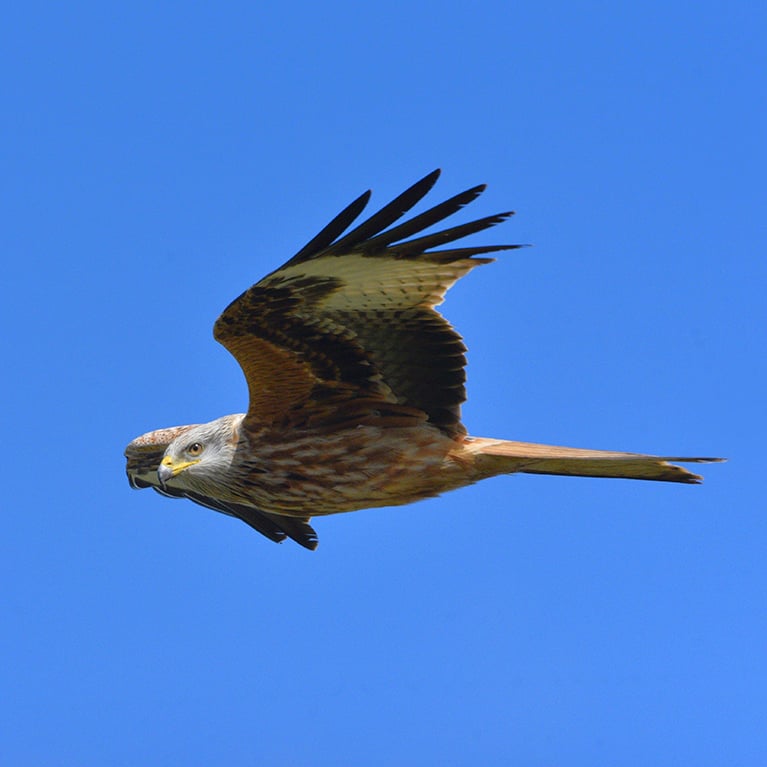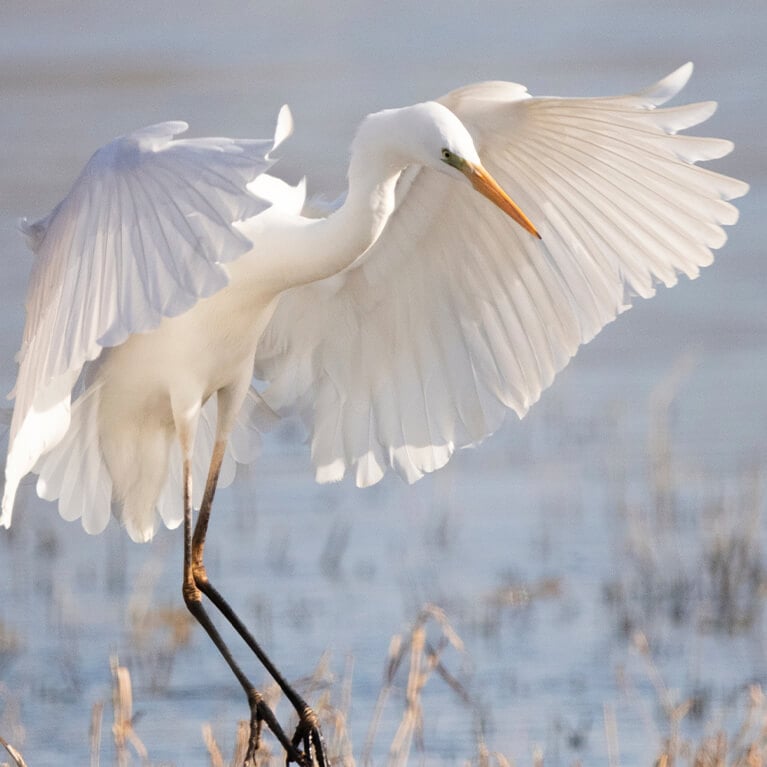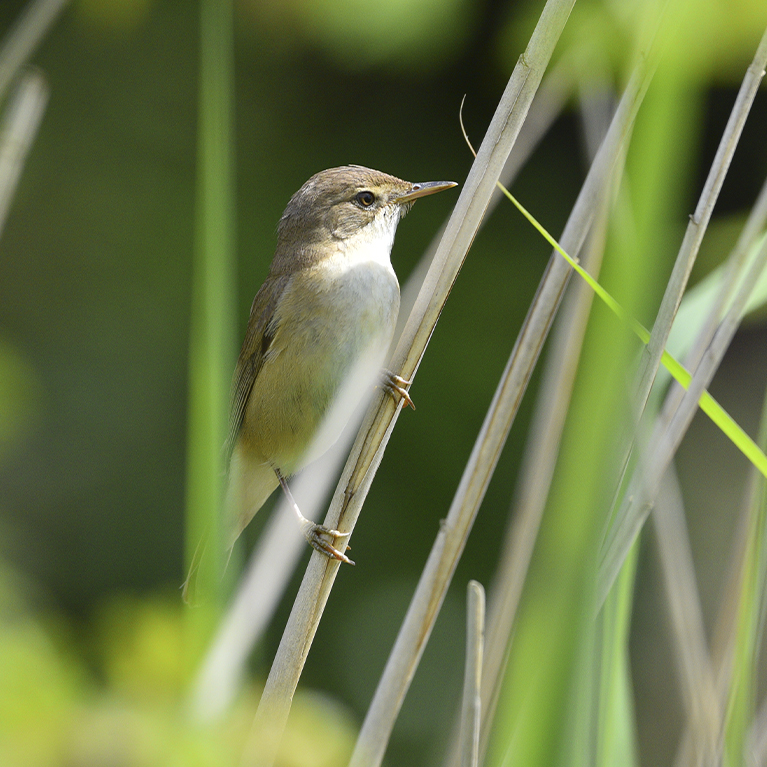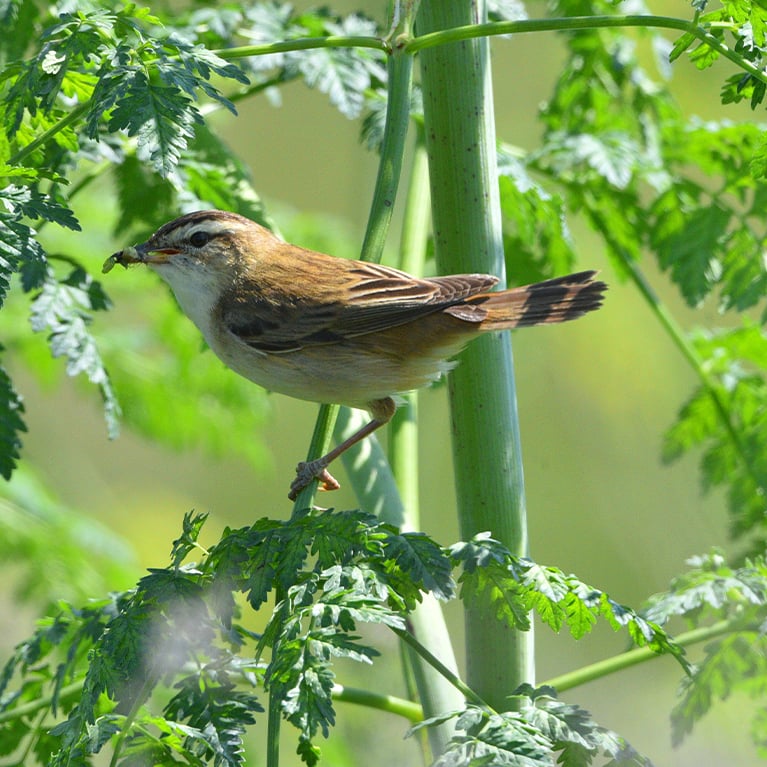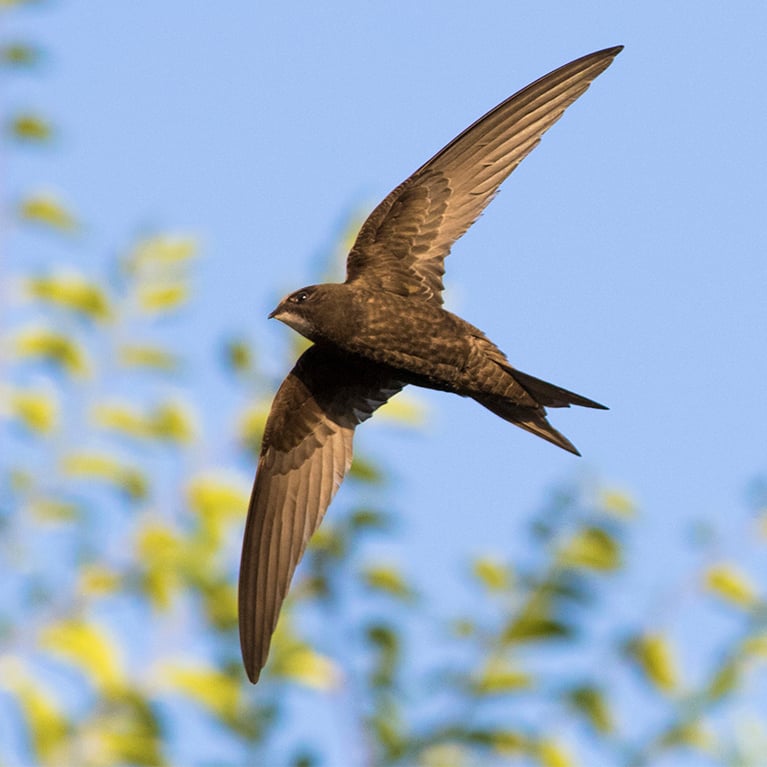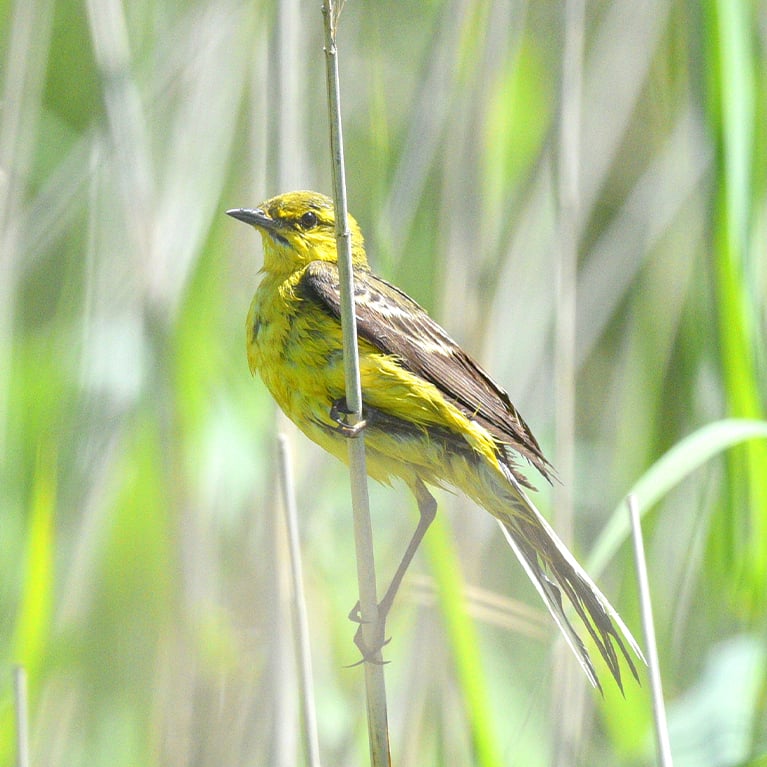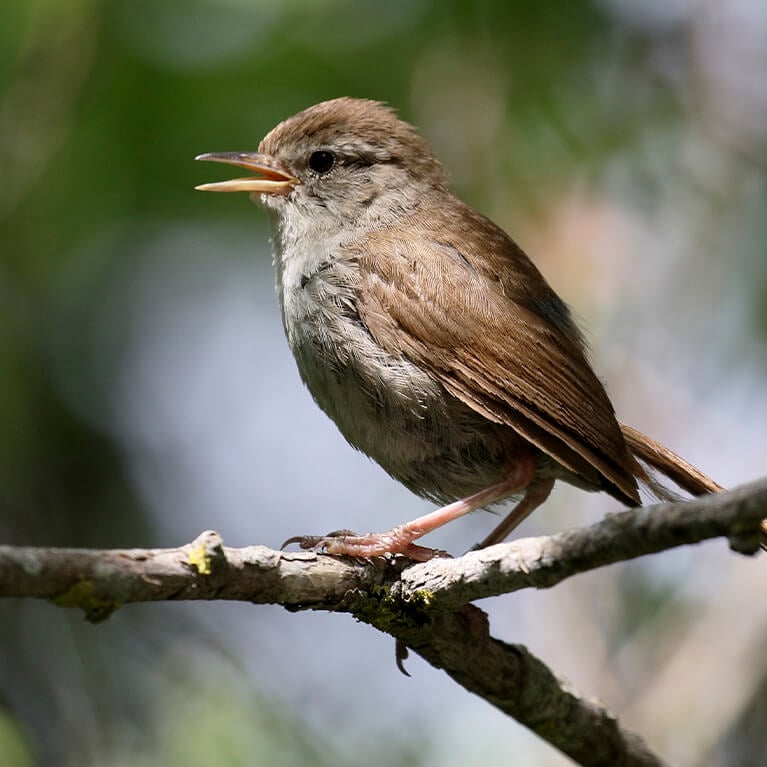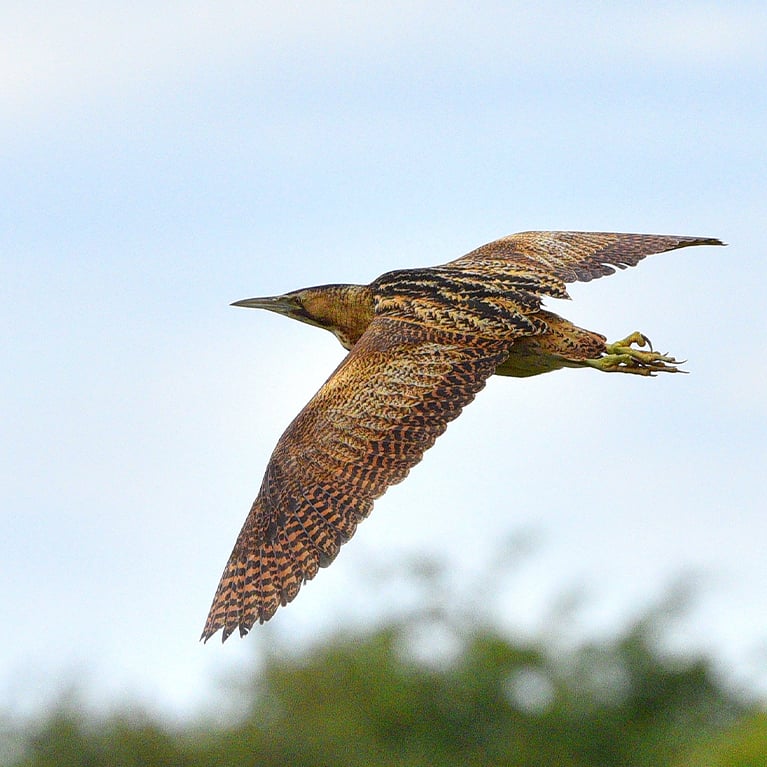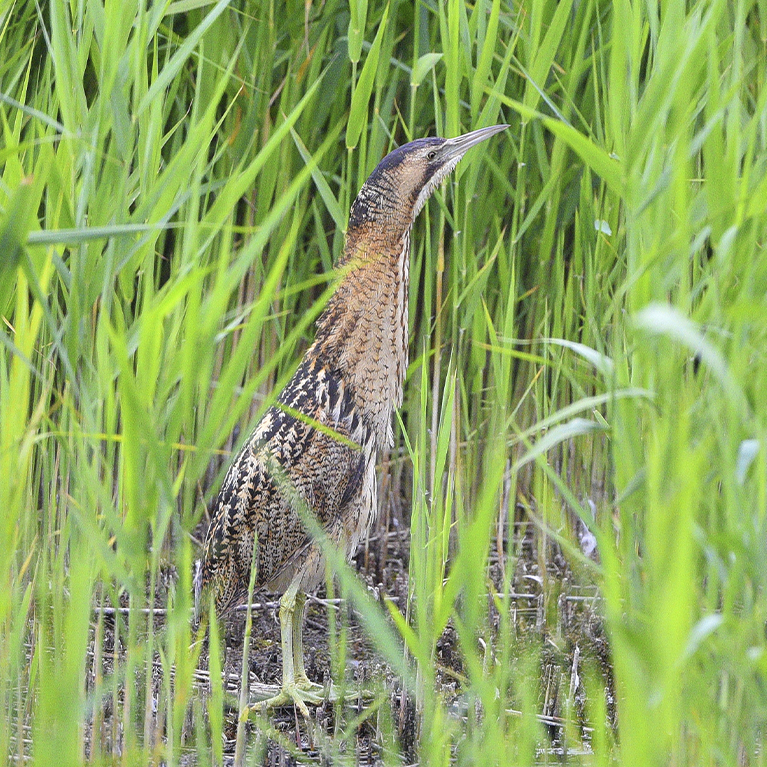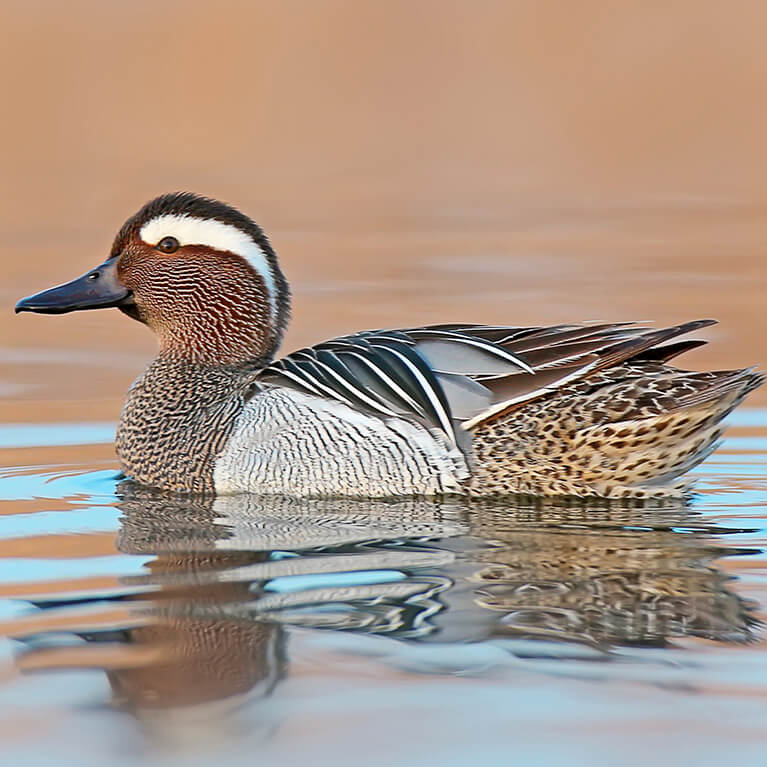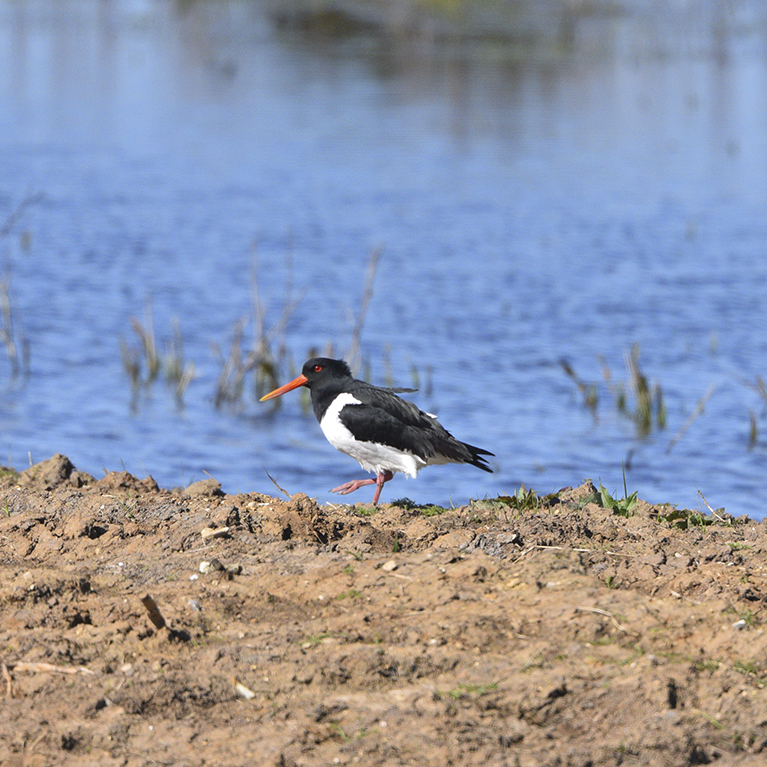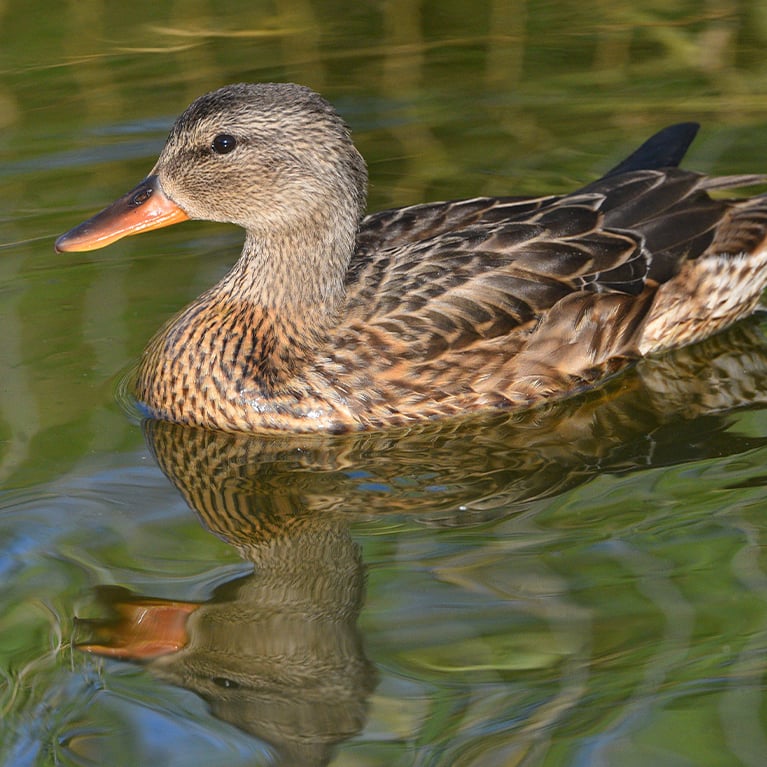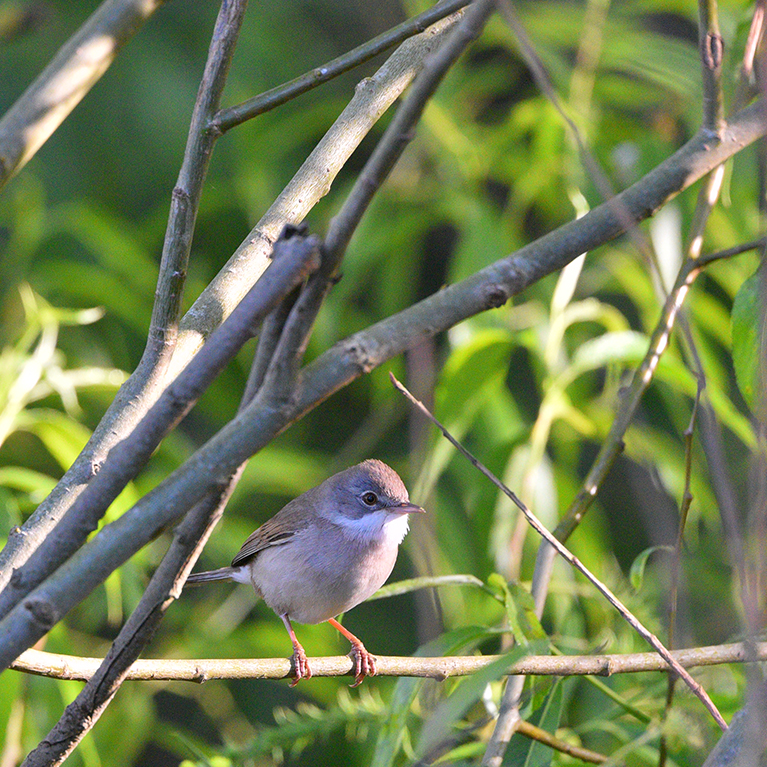Situated between Baston and Spalding, Willow Tree Fen is a relatively new nature reserve, transformed from arable land to a more traditional fenland landscape. There is now extensive wetland habitat with a mix of fen, open water, reed bed and wet grassland. Water levels can be managed to ensure the best conditions throughout the year and the site is grazed with cattle in the winter.
what species and habitats can you find?
Willow Tree Fen has to be one of the best birding viewpoints in the county and there is always something to see. The stars of the show have to be the Common Cranes which returned to the Lincolnshire Fens in 2020, after an absence of hundreds of years. They are now resident and the reserve is one of the best and most reliable places in the UK to see these magnificent birds.
In Spring and Summer the reserve is alive with breeding birds with reed and sedge warblers singing from the river side reeds and bittern booming from the depths of the reserve. In some years, spotted crake or even corncrake may be heard calling after dark. Both roe deer and brown hare are common and can be seen easily from the viewpoint. Willow Tree Fen is one of the easiest and best places in the UK to observe breeding cranes and they will often lead their young chicks out of cover, giving a privileged view of the growing family.
In the winter, there are large flocks of wildfowl on the pools and golden plover and lapwing commute between the reserve and nearby farmland. Check the fields on either side of the road as you approach Willow Tree Fen, especially between Baston Fen and the reserve. A visit from late afternoon until dusk on a nice evening should result in an amazing spectacle as ducks such as goosander stream in to roost from surrounding rivers. Raptors such as marsh and hen harrier and barn and short-eared Owl may quarter the reeds and rough grassland and then, as the light starts to fade, whooper swans and then the cranes may drop in, their bugling calls providing a magical end to a days birding in the Lincolnshire fens.
Autumn & Winter species
common crane, marsh harrier, ruff, greenshank, redshank, dunlin, hobby, whooper swan, pintail, sand martin, stonechat, barn owl, kingfisher, whooper swan, golden plover, lapwing, marsh harrier, hen harrier, red kite, peregrine, goosander, wigeon, shoveler, pintail, water rail, barn owl, cattle egret, reed bunting, fieldfare.
Spring & Summer species
common crane, marsh harrier, red kite, great white egret, reed warbler, sedge warbler, swift, yellow wagtail, Cetti’s warbler, marsh harrier, bittern, garganey, reed bunting, marsh harrier, red kite, hobby, oystercatcher, gadwall, great white egret, little egret, whitethroat, kingfisher, swift.
hints and tips
A visit to Willow Tree Fen can be easily combined with a trip to some of the neighbouring reserves to make a full day’s birding. Baston Lakes are close by and Deeping Lakes is only a short drive.
As well as birds, there are often Brown Hare and Roe Deer to be seen on the reserve and the adjacent counter drain is excellent for dragonflies and damselflies.
Cranewatch volunteers are regularly present at the viewpoint, especially during the breeding season. They will happily help to show you the wildlife and talk about the reserve and its breeding cranes.
facilities
There is a car park and raised viewing area that allow excellent views across the whole reserve.
There are facilities available in nearby Baston and Vine House Farm has a café, farm shop and wildlife pond that can be combined with a visit to Deeping Lakes and Willow Tree Fen.
getting here
Willow Tree Fen is located in the south of the county, to the west of Spalding. It is one of the key reserves in the area and has re-created precious fen habitat in a largely farmed landscape.
The entrance to the reserve is over a bridge on the left as you drive the Counter Drain Drove from the village of Tongue End towards Pode Hole. On the other side of the bridge there is a car park and viewing area that provides panoramic views over the reserve.
The nearest postcode for the site is PE11 3JH.
OS Map Reference: TF 181 213
access
Please note, there is no access to Willow Tree Fen from the Macmillan Way or from Slipe Drove/West Pinchbeck.
There is a car park and viewing area but the paths that used to run through the site were removed after the arrival of the cranes.
Cranes are one of the rarest breeding birds in the UK. They have become habituated to people watching from the view point but they are easily disturbed. Please therefore view the site only from the viewing area and do not access the reserve.
If the gate is locked, please ring the Wildlife Trust for the access code and lock the gate behind you when you leave.
opening times
Open year-round but gate is locked daily at dusk and may be closed if volunteers are not present.
reserves & observatories
Willow Tree Fen
Discover Lincolnshire's lost fenland at Willow Tree Fen, a former arable farm now nature reserve brimming with wildlife. As the water returned, so did the wildlife. Look for shelduck, snipe and common spotted orchids.
explore the other locations along the fens birding trail
places to stay nearby
things to do in the area
Baytree Owl and Wildlife Centre
Belton Woods Hotel & Country Club
Film and TV location Walking Tour with Stamford Sights and Secrets Tours
Grantham Guildhall Arts Centre
Lincolnshire Hot Air Balloon Rides
Springfields Designer Outlet & Leisure
Stamford Sights and Secrets Tours
The Fuel Tank at the Engine Yard
The Six Bells, Witham on the Hill
Baston and Langtoft Lakes Birdwatching
Boothby Wildland Nature Reserve
Peterborough & Spalding Gliding Club
Stamford Corn Exchange Theatre
Willow Tree Fen Nature Reserve
Grantham Tourist Information Centre
Holbeach Royal Observer Corps Underground Monitoring Post
Moulton Windmill Granary Tea Room and shop
Poacher Line Railway Station Walks
Spalding Gentlemen’s Society Museum
Stately Homes of South Lincolnshire
